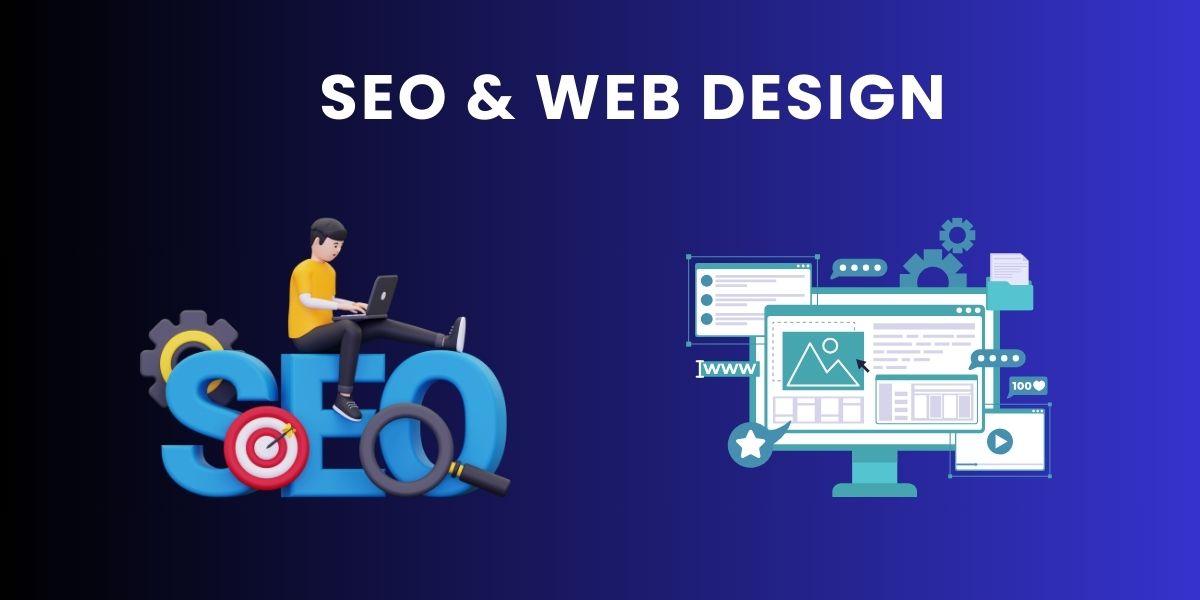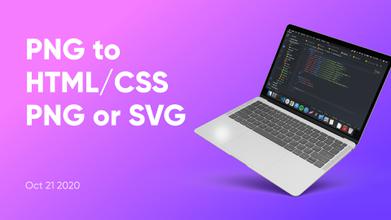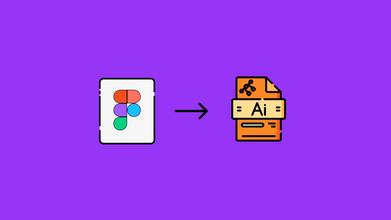SEO and Web Design: Create High Ranking Websites
Aug 20, 2024 7209 seen
Introduction
It might be hard to accept, but having a beautifully designed website is not enough in today's digital world. While aesthetics play an essential role in creating a great user experience, your website's visibility on search engines is just as important. This is where Search Engine Optimization (SEO) comes into play.
The best SEO practices are key to ranking your website high and attracting organic traffic. Below, we will talk about the basic elements of SEO, which every web designer should know to make a good-looking website that ranks high on search engine results pages (SERPs).
Mobile-First Design: The Era Of Mobile Phones
Because Google sees more browsing happening on the mobile internet than on the desktop, it switched to the mobile-first indexing approach. This approach involves looking at the mobile version of your site as the primary one when it comes to indexing and ranking by Google.
Responsive Design Best Practices
-
Ensure that your website is completely responsive and flexible for the different sizes and resolutions of the displays.
-
Mobile-Optimized Navigation: Design large, easy-to-click buttons and a streamlined navigation menu; this leads to a great user experience when viewed on smaller screens.
-
Quick Load Time: To help your website quickly on mobile devices, minimize your images, browser caching, and JavaScript.
URL Structure: Keep it Simple
The URLs on your website should be clean, descriptive, and not filled with meaningless parameters. A well-structured URL helps search engines understand the content of your page and improves click-through rates from search results.
Best Practices:
-
Readability: Use hyphens to separate words and avoid using underscores, special characters, or excessive numbers.
-
Keyword Inclusion: Insert keywords when necessary into URLs as a clue to search engines and users of the content on the page.
-
Short and sweet: Keep URLs as short as possible while being descriptive.
Page Load Speed: The Faster, The Better
Page load speed is an important parameter of user experience and SEO. Slow pages can lead to higher bounce rates and lower rankings on SERPs.
Best Practices:
-
Optimize Images: Compress images without affecting quality to improve load times.
-
Minimize HTTP Requests: Group CSS, JavaScript, and images into fewer files to minimize HTTP requests.
-
Leverage Browser Caching: Enable browser caching so visitors don't need to load the whole web page whenever visitors return.
On-Page SEO: Optimizing Content
On-page SEO involves optimizing individual web pages so that they rank better and gain relevant traffic. It refers to both the content and the HTML source code of a page, which can be optimized through text, title tags, meta descriptions, and headers.
Best Practices:
-
Title Tags: Every page should have a unique title tag, which clearly shows its content and includes main keywords.
-
Meta Descriptions: Create compelling meta descriptions that make the user want to click your link in the search results. Keep them to less than 160 characters.
-
Header Tags (H1, H2, H3): Organize your content using header tags. The H1 tag should contain the primary keyword and represent your page's topic.
Content is King: Write Quality, Relevant Content
No amount of great design can "undo" poor content. This is due to the fact that search engines prioritize those sites that contain valuable, relevant, and original content.
Best Practices:
-
Keyword Research: Find out what people are looking for and naturally use your keywords.
-
Content Length: Elaborate content generally performs better. You want to write elaborate content based on the topic.
-
Multimedia: Use images, videos, infographics, and other multimedia to increase engagement and improve SEO.
Technical SEO: Optimization Behind the Scenes
This is optimization working on the back end of your website in order to ensure search engines can effectively crawl and index your content.
Best Practices
-
HTTPS: Make the site secure with HTTPS to help protect user data and improve SEO.
-
Schema Markup: Implement schema markup so that you can offer more information about your content to search engines to get rich snippets.
-
Robots.txt: Use the robots.txt file to control search engine web crawler access to pages and files on the website.
Site Structure and Navigation: Make It Easy To Crawl
Search engines use crawlers to index content on your website. An organized site structure will assist users in finding exactly what they are looking for, besides letting search engine crawlers better index your site.
Best Practices
-
Logical Hierarchy: Present information in a clear hierarchy by using meaningful categories and subcategories.
-
Breadcrumbs: Use breadcrumb-style navigation to enable search engines and users to understand how your site is organized.
-
XML Sitemap: Create and submit an XML sitemap to enable search engines to index all of your web pages.
Internal Linking: Create a Web of Relations
Internal linking allows you to spread the power of each page across your site and guides users to pages that relate to a particular topic.
Best Practices for Implementation:
-
Proper Placement: Interlink relevant pages from your site so that users remain interested in your content and bounce rates are low.
-
Anchor Text: Use descriptive anchor text that gives users and search engines context about the linked page.
User Experience (UX) and SEO
User experience is closely tied to SEO. A site that's easy to navigate, visually appealing, and fast-loading will not only keep users happy but also perform better in search rankings.
Best Practices:
-
Clean Design: Avoid clutter and use whitespace effectively to enhance readability.
-
Web Accessibility: Make your website accessible and easily navigable, following the WCAG (Web Content Accessibility Guidelines).
-
Interactive elements: Engage visitors on your site without slowing it down by embedding elements like buttons, forms, and slideshows.
Monitoring and Analytics: Never Stop Making Your SEO Better
SEO is a long-term process. The two main practices to keep and enhance your rankings will be regularly monitoring the performance of your website and making adjustments based on the received data.
Best Practices:
-
Set up Google Analytics: Set up Google Analytics to track user behavior, traffic sources, and other key metrics.
-
Use Google Search Console: Check the indexing status, troubleshoot, and track keyword performance.
-
Regular SEO Audits: Carry out periodic SEO audits to identify and correct issues before they start affecting your rankings.


